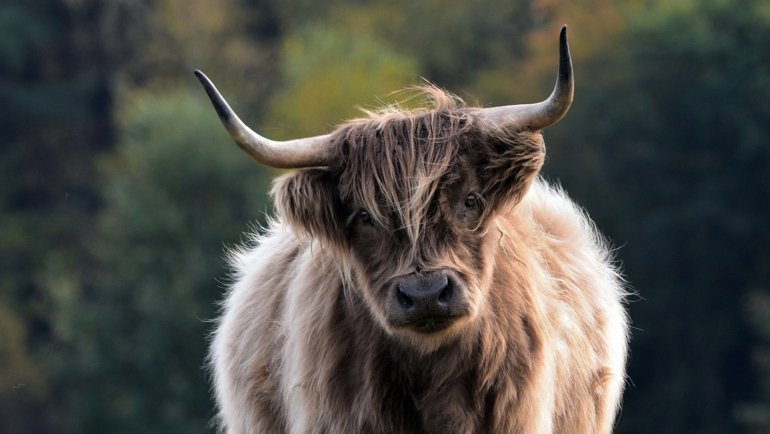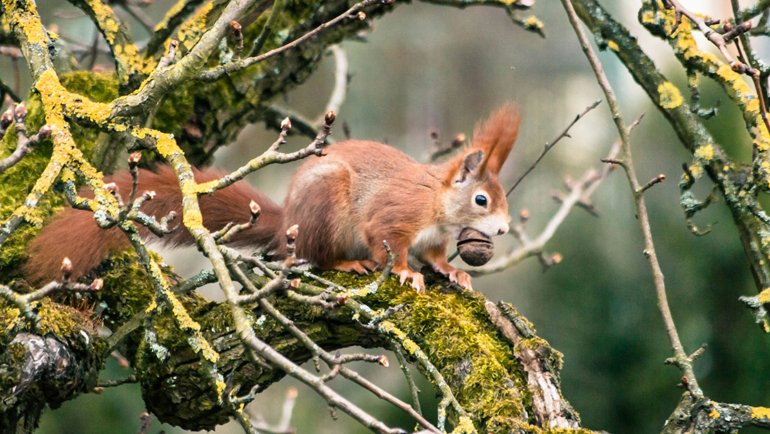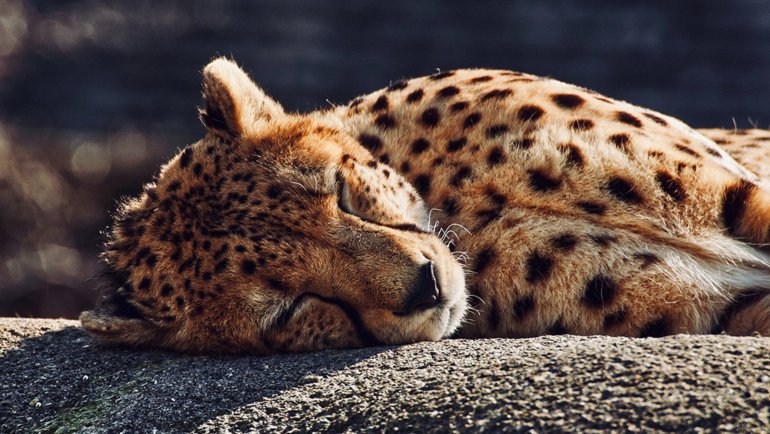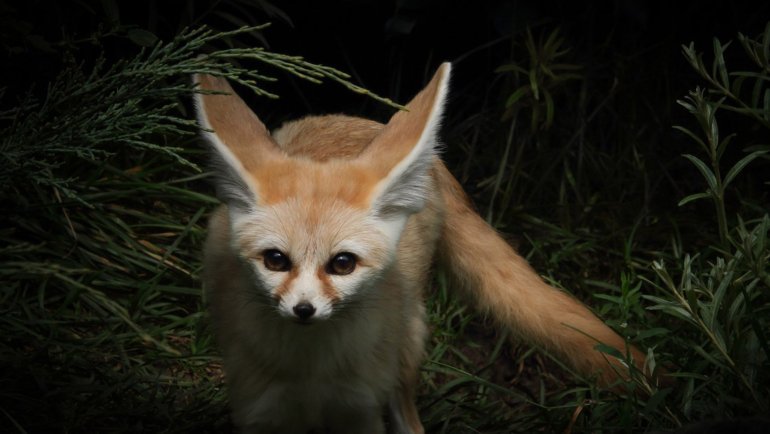In the diverse family of equids, zebras and donkeys stand out as two of the most distinctive members. Though they share a common ancestry, these two species have evolved to fit very different niches in the wild and in relation to humans.
This article aims to compare and contrast zebras and donkeys, exploring their unique characteristics and adaptations. From physical traits to behavioral patterns, we’ll delve into what sets these equids apart and what they have in common.
Zebra vs. Donkey: Physical Characteristics
Size and Build
Zebras and donkeys vary significantly in size and build. Zebras, generally, are more robust and larger, with a height ranging from about 1.1 to 1.5 meters at the shoulder, depending on the species. Donkeys, on the other hand, are usually smaller, with most domestic breeds standing between 0.9 to 1.1 meters tall.
Distinctive Features
The most striking feature of zebras is their black-and-white striped coat. Each zebra’s stripes are unique, varying in pattern and width. These stripes are believed to serve several functions, including camouflage and temperature regulation.
Donkeys, in contrast, have a more uniform coat color, typically in shades of gray, brown, or white, and lack the distinctive stripes of their zebra relatives.
Zebras have shorter, more erect manes compared to donkeys, which have longer, flowing manes. Another distinctive feature is the ears – donkeys have much longer ears compared to zebras, which are shorter and more rounded.
Coat Patterns and Coloration
In terms of coat patterns, aside from the stripes, zebras may have subtle variations in color based on their species, with some exhibiting more shadow stripes or different stripe patterns.
Donkeys, though less varied in pattern, can have a range of solid colors and occasionally display dorsal stripes or a cross pattern on the shoulders, known as a “donkey’s cross.”
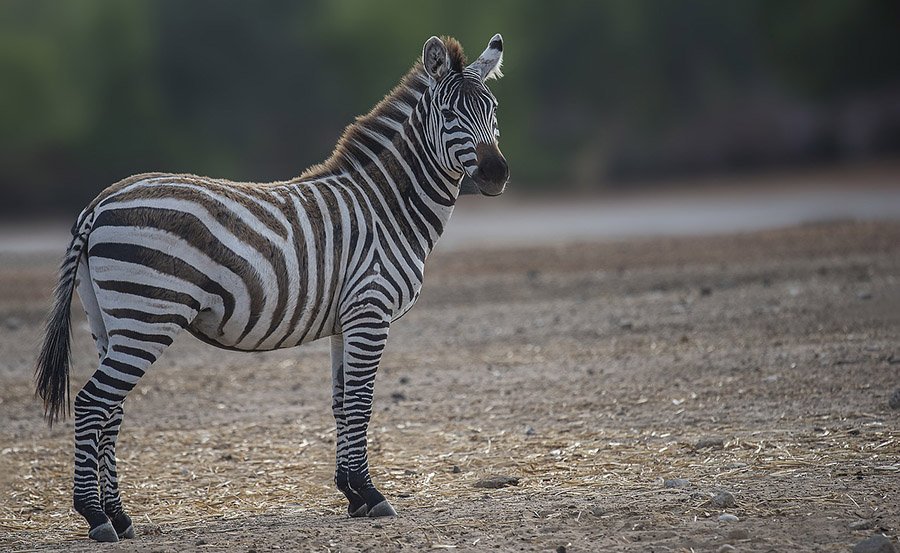
Zebra vs. Donkey: Habitat and Distribution
Zebras: Wild Plains and Grasslands
Zebras are primarily found in the diverse landscapes of Africa, predominantly inhabiting grasslands, savannas, and woodland areas.
They are adapted to life on the move, with species like the Plains zebra migrating long distances to follow the rains and find fresh grazing. The environment plays a significant role in shaping their behavior, particularly their need for constant vigilance against predators.
Donkeys: Domesticated and Diverse Habitats
Donkeys, originally native to arid regions of Africa, have been domesticated for thousands of years and are now found worldwide.
While wild donkeys, such as the African wild ass, prefer dry, desert-like conditions, domesticated donkeys have adapted to a variety of habitats. Their distribution largely overlaps with human settlements where they have been introduced and utilized as working animals.
Influence on Behavior and Adaptations
The contrasting habitats of zebras and donkeys have led to different behavioral adaptations. Zebras have developed behaviors suited to life in the wild, such as complex social structures and strategies to evade predators.
Donkeys, being domesticated, exhibit behaviors more aligned with human interaction, often showing greater tolerance for isolation or a smaller group living.
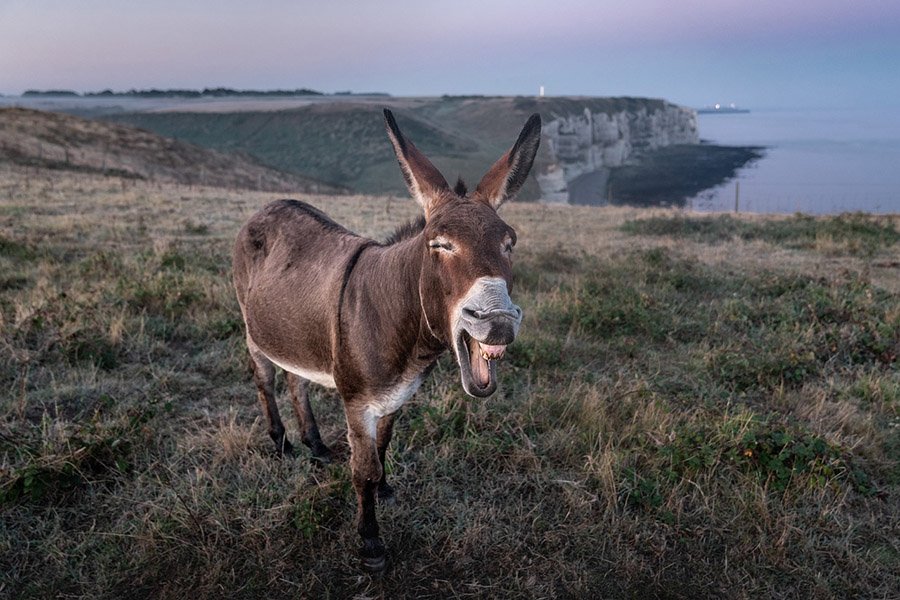
Zebra vs. Donkey: Behavior and Social Structure
Social Behavior of Zebras
Zebras are highly social animals, typically found in family groups consisting of a stallion, several mares, and their young. In some species, like the Plains zebra, these family groups can merge into large herds, especially during migrations. Social hierarchy is evident, with the stallion protecting the group and leading the mares and foals.
Donkey Social Dynamics
Donkeys, while also social, often exhibit a more flexible social structure. Domesticated donkeys can be kept alone or in small groups and may not show the same level of complex herd dynamics as zebras. In the wild, however, they can form larger groups, particularly in areas with abundant resources.
Communication and Hierarchy
Both zebras and donkeys use a range of vocalizations to communicate. Zebras are known for their high-pitched barks and whinnies, especially when alarmed or separated from the group. Donkeys communicate through brays, which can be heard over long distances and serve various purposes, from signaling distress to maintaining contact with other group members.
In terms of hierarchy, zebra herds are generally led by the dominant stallion and an alpha mare, while donkey groups may not have as rigid a hierarchy, especially in domestic settings.
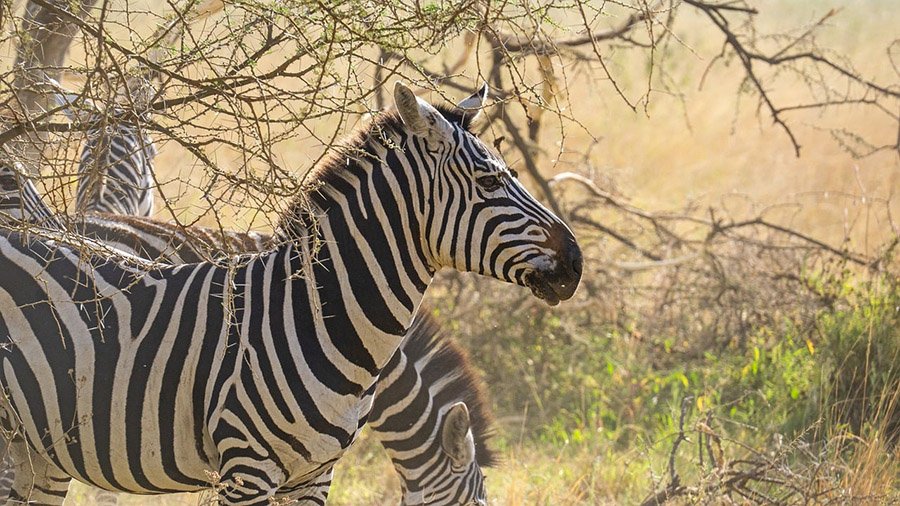
Zebra vs. Donkey: Domestication and Human Interaction
History of Donkey Domestication
Donkeys have a long history of domestication, dating back approximately 5,000 years. Originally from Africa and the Arabian Peninsula, they were one of the first animals domesticated for agricultural and transportation purposes.
Their strength, endurance, and ability to carry heavy loads made them invaluable for early human societies. Over the centuries, donkeys have been bred for various uses, adapting well to human environments.
Zebras and Human Interaction
In contrast, zebras have rarely been domesticated. Their more aggressive and unpredictable nature, combined with a strong flight response, makes them less suitable for domestication.
Attempts to train and use zebras, primarily in colonial Africa for riding or draft work, met with limited success. Zebras’ complex social structures and adaptation to a wild environment contribute to the challenges of domesticating them.
Today, zebras are mainly found in the wild and in protected reserves. Their interaction with humans is primarily limited to conservation efforts and ecotourism. Unlike donkeys, zebras have not been selectively bred to coexist with humans, maintaining their wild characteristics.
Zebra vs. Donkey: Diet and Feeding Habits
Zebras are primarily grazers, feeding on a variety of grasses found in African savannas and grasslands. They are adapted to a high-fiber diet and can digest tough grasses that other herbivores might avoid. This diet is facilitated by their strong teeth and powerful jaw muscles, suitable for grinding coarse vegetation.
Donkeys, on the other hand, are more versatile in their diet. They can graze like zebras but are also effective browsers, feeding on shrubs, leaves, and even bark when necessary. Their digestive system is efficient in extracting nutrients from poor-quality forage, a trait that has enabled them to thrive in arid environments.
Both species show specific adaptations to their diets. Zebras’ digestive systems are designed to process large amounts of roughage and are constantly grazing to meet their nutritional needs. Donkeys, adapted to less abundant and varied food sources, can survive on less food and lower-quality vegetation compared to zebras.
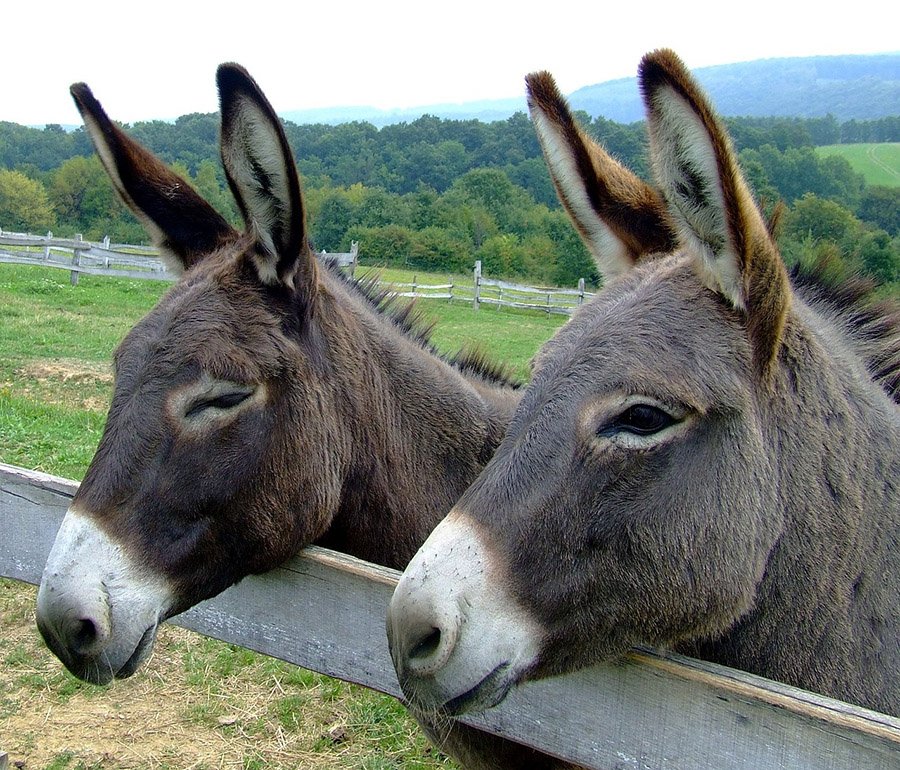
Zebra vs. Donkey: Role in Ecosystems
Ecological Role of Zebras
Zebras play a vital role in their ecosystems, particularly in the African savannas and grasslands. As grazers, they help maintain the health of grasslands by preventing overgrowth and promoting the growth of a variety of grass species.
Their movement and grazing patterns also aid in seed dispersal and soil aeration, contributing to the ecological diversity of their habitats. Additionally, zebras are an important food source for a variety of predators, thus playing a key role in the food chain.
Donkeys in their Environment
While donkeys have been primarily domesticated, they still impact the ecosystems where they live. In areas where wild or feral donkeys are found, they can influence vegetation patterns through their grazing habits.
However, in some non-native environments, overgrazing by donkeys can lead to soil erosion and a reduction in plant biodiversity, which can be a conservation concern.
Conservation Concerns
For zebras, the main conservation issues include habitat loss due to human encroachment, competition with livestock for grazing, and poaching. The conservation of zebra species is crucial for maintaining the ecological balance in their native habitats.
In the case of donkeys, conservation concerns are more about their welfare and maintaining genetic diversity within domestic populations. In some regions, feral donkeys are considered invasive and may need to be managed to protect native flora and fauna.
Frequently Asked Questions
Can zebras and donkeys interbreed?
Yes, zebras and donkeys can interbreed, producing offspring known as zebroids or zedonks. These hybrids are rare and typically sterile.
Are zebras just striped donkeys?
No, zebras and donkeys are distinct species with different genetic, behavioral, and physical characteristics, despite both being part of the equid family.
Which is easier to domesticate, a zebra or a donkey?
Donkeys are much easier to domesticate compared to zebras. Zebras have a more wild nature and are not as amenable to domestication as donkeys.
What do zebras and donkeys eat?
Zebras are primarily grazers that feed on grass, while donkeys are more versatile eaters, grazing on grass and browsing on shrubs and leaves.
Are zebras endangered?
The conservation status of zebras varies by species. Some, like the Grevy’s zebra, are endangered, while others, like the Plains zebra, are classified as near-threatened or of least concern, depending on the region and population.
